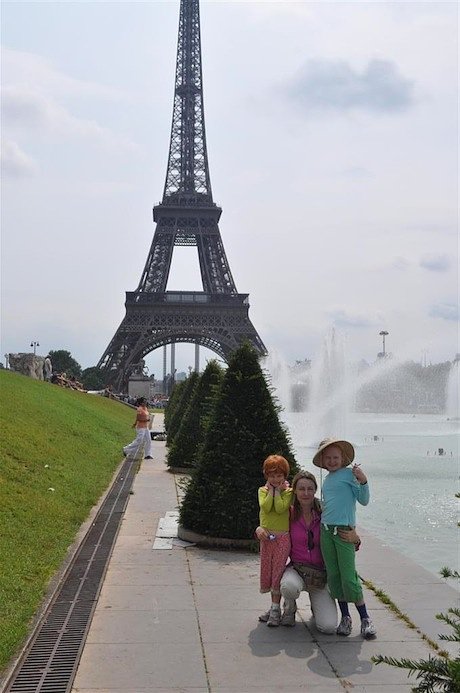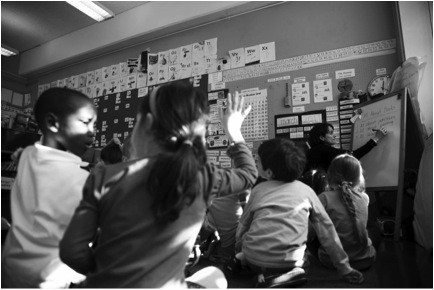French Lessons: The Bilingual Revolution

Mon 24 Jun 2013
Hannah Helms, a mother of two young girls, enrolled her daughters at one of New York’s dual-language programs offered in the public school system. Emphasizing why she chose this path for her daughters, Hannah says, “My husband and I both think that it is important to have a second language. It opens one up to broader thinking, better understanding of other cultures and a feeling of confidence for travel.” Bilingual and dual-language programs are now replacing those French lessons that used to be offered only later in one’s academic career.

And it’s not only in the interest of the parents, Helms reveals: “My six-year-old hardly speaks to me in French except if she does not want her father to understand! She uses it in the subway, as fewer people understand it. I suppose she thinks of it as a secret language.”
And she is not alone. Millions of individuals just like Hannah aim to promote the continuous and extensive relationship between France and the United States formed at the inception of this country. It’s not only about the French and the Americans anymore; it’s also about us, all of us, as individuals wanting to share a part of this world, our world, through language. And the numbers continue to rise: sparked by the désire of both Francophone and non-Francophone Americans, after Spanish, French is the second-most popular language studied by university students in the United States.
Through the number of people interested in learning French, and the cultural, educational and professional opportunities offered by the dozens of Francophone communities domestically and abroad, the need and desire for a bilingual initiative early on in a child’s educational career are clear; the approach is much more integrative than those old French lessons that lasted just 45 minutes several times a week, offering children a real opportunity to graduate from high school with fluency in at least two languages.

The Helms family is a perfect example of one that aims to culturally immerse itself in a Francophone environment. “Both girls have lost some of the French they acquired last summer after three weeks in France,” says Helms. “I really should be supporting the French better at home. We will be starting with a French babysitter to work after school with the girls; that will make a difference.”
To cater to the needs of the Francophone communities in the United States, there are more than 130 public schools in 27 states and in 80 cities that offer instruction in both French and English. In the New York public and private school systems, approximately 5,000 children are benefiting from the creation of French bilingual and dual-language programs.
Undeniably, the United States could not have existed without the help of the French during the American Revolution, so what better time to stay in touch with these historical roots and learn a new language? Aside from being trendy at the moment, French is an extremely valuable language, remaining one of the official languages of the United Nations.
Each year, it is estimated that more than 7 million Americans travel to a Francophone country, including 3 million to France, most of which make their way to la Ville-Lumière, Paris. And as it turns out, we don’t have to get on a plane to satisfy our craving for le français after all! Stemming from countries like Haiti, Canada, Senegal and Morocco, among others, there are currently more than 1.6 million French speakers in the United States, 300,000 of them living in New York alone.
So if you’re not able to hop on a plane this summer to Paris, find a native French speaker and practice your français. Better yet, enroll yourself in a French class, and your child in an early language learning or dual-language program at his or her school. If your local school doesn’t offer one, contact New York in French at contact@newyorkinfrench.net to learn how to start a program. Believe me: your children will thank you once they’re grown.
Need more info? Visit New York in French.
Editor’s note: Are you a gourmand, foodie or someone who just wants to taste as much French food as possible? Take one or more of our DIY foodie trips, conveniently packed for you in a set!